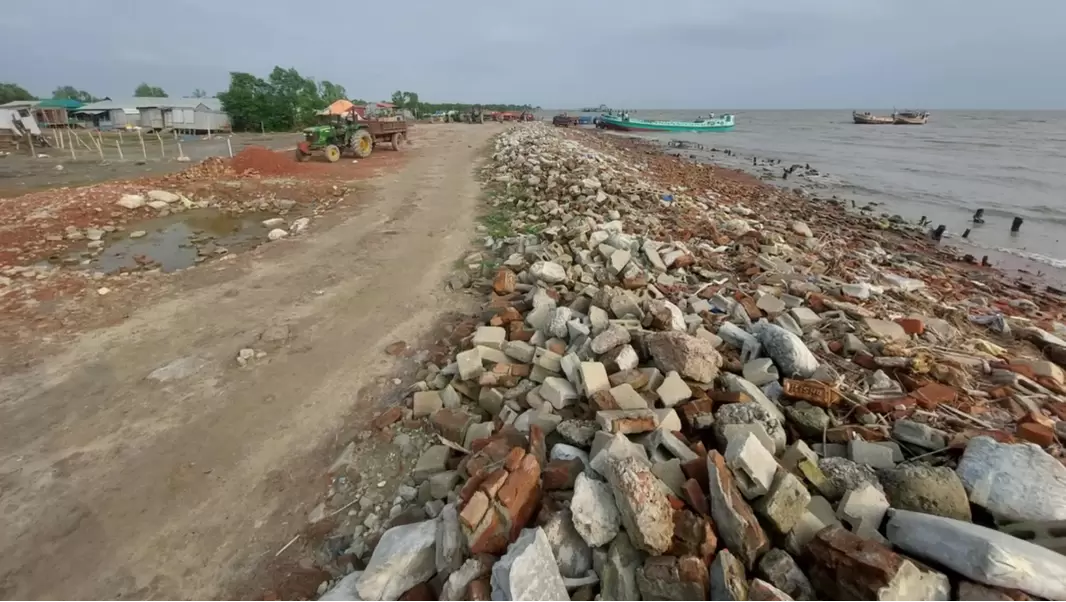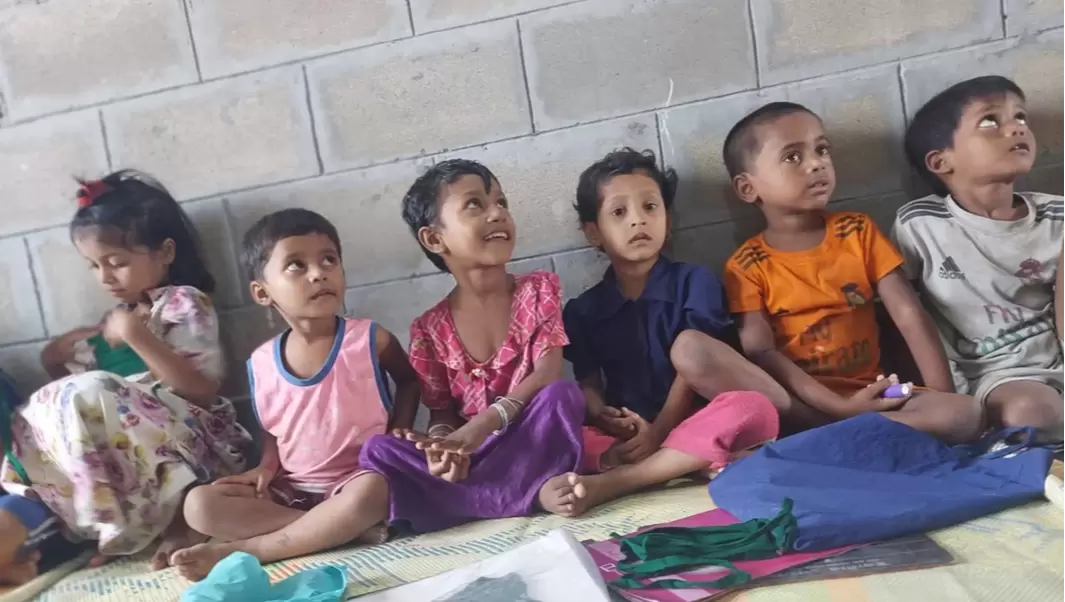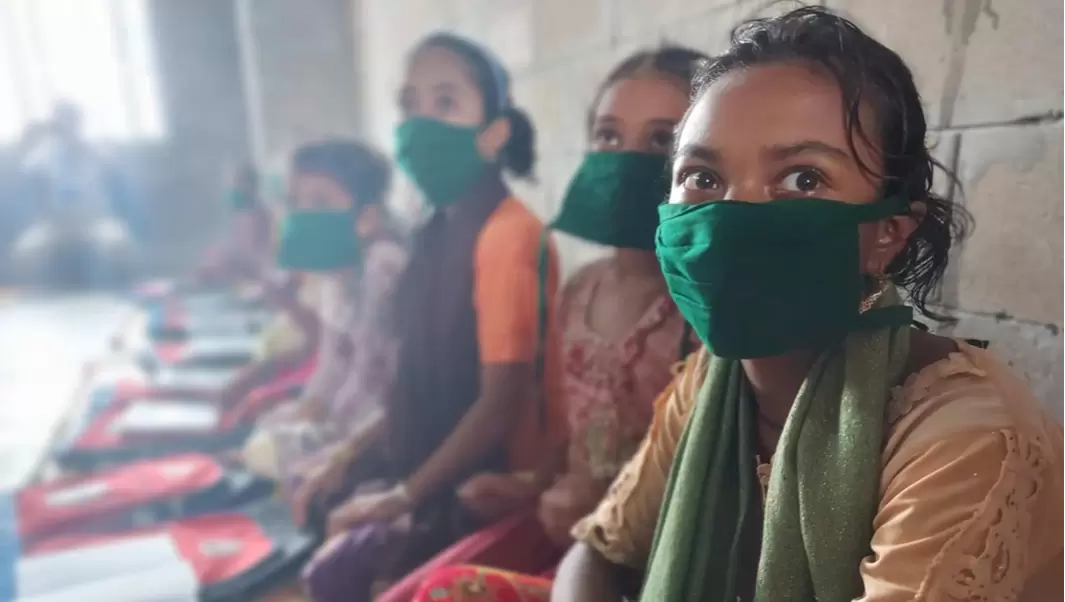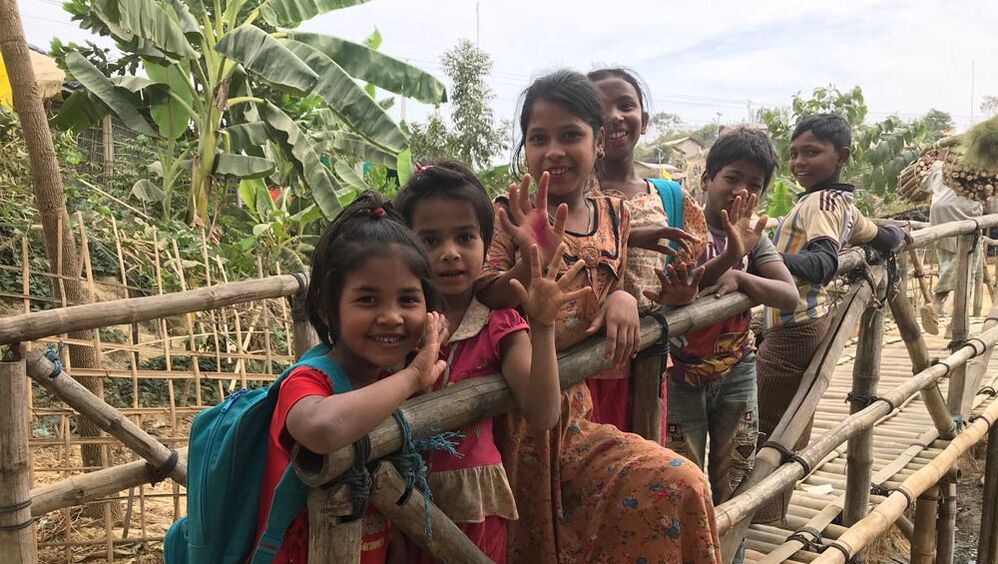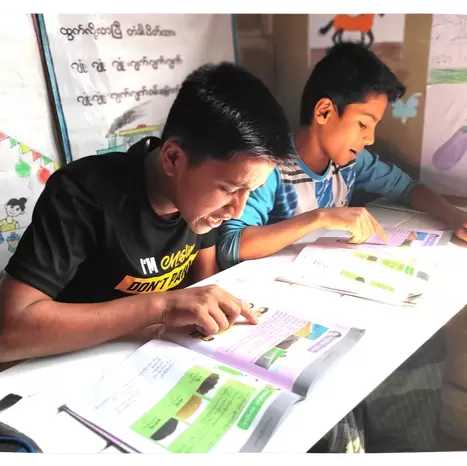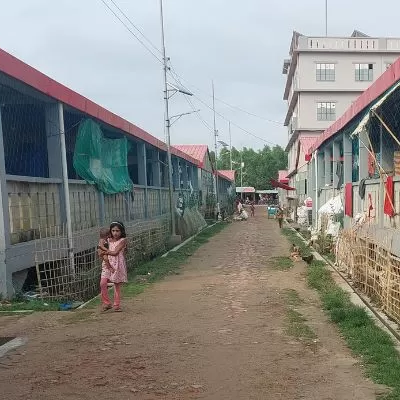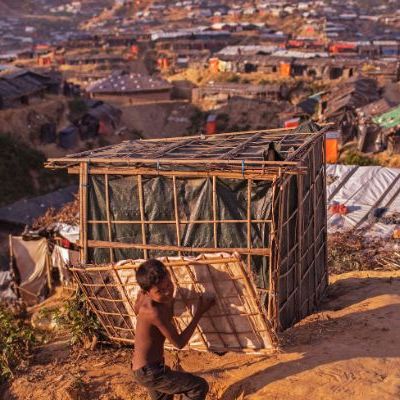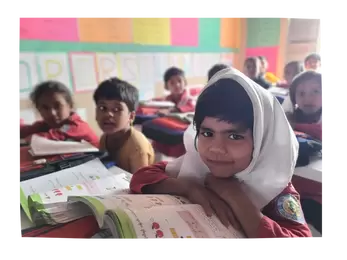BHASAN CHAR ISLAND
Bhasan Char Island is located in the Bay of Bengal, Bangladesh. It was formed in the last 20 years by silt deposit in the delta, and is repeatedly changing in shape. The Bangladeshi government has been relocating Rohingya refugees to Bhasan Char from the crowded camps of Kutupalong, on the mainland. The island is isolated, around 3-5 hours by boat from the mainland, and can be difficult to travel to in poor weather.
RELOCATING REFUGEES
Around 19,000 Rohingya families have been relocated to Bhasan Char so far, but the government hopes to relocate around 100,000 in total.
This push to Bhasan Char is controversial, with reports of forced relocations, concerns over the safety of the island and undeniable restrictions on freedom of movement. The government of Bangladesh has assured the refugees that they will have access to better living conditions, healthcare, education, and vocational training. However, life on Bhasan Char Island remains a challenge for many Rohingya refugees. There is only basic access to services such as clean water and food, healthcare and education.
Children on the Edge has invested months of research and consultation, talking directly with rights groups, and residents on the island, to gain insight into the issues on the ground. We have concluded that the Rohingya children here are among the most marginalised in Bangladesh and, no matter the reason they have arrived here, they need quality education to have a chance to escape the potential fate of becoming impoverished, second-class citizens. There is a serious lack of learning facilities on the island, and education has been the residents top request so far.
CONDITIONS ON THE ISLAND
Whilst the current lack of learning facilities is a huge problem, facilities on the island are superior to the border refugee camps of Kutupalong, with solid brick buildings, water, electricity, drainage and good wifi. When our Asia Regional Manager visited the island in 2022, he interviewed residents, many of whom described how relieved they were to be away from the camps, appreciating better homes, space and facilities, fans and electricity.
But the isolation, lack of free movement, and the vulnerabilities of the silt island continue to create very real challenges for the refugee community here.
The United Nations and human rights groups have raised concerns that the low-lying island’s remoteness and location in cyclone-prone waters make it unfit for safe and sustainable habitation. This adds to the uncertainty and fear that many Rohingya refugees already face.
Whilst the current lack of learning facilities is a huge problem, facilities on the island are superior to the border refugee camps of Kutupalong, with solid brick buildings, water, electricity, drainage and good wifi. When our Asia Regional Manager visited the island in 2022, he interviewed residents, many of whom described how relieved they were to be away from the camps, appreciating better homes, space and facilities, fans and electricity.
But the isolation, lack of free movement, and the vulnerabilities of the silt island continue to create very real challenges for the refugee community here.
The United Nations and human rights groups have raised concerns that the low-lying island’s remoteness and location in cyclone-prone waters make it unfit for safe and sustainable habitation. This adds to the uncertainty and fear that many Rohingya refugees already face.
1,3
A recent Human Rights Watch report found that health-care facilities on the island are gravely inadequate and that there is no capacity for emergency medical care. People who are seriously ill, require transport to the nearest hospital on the mainland, which is three hours away by boat plus an additional two-hour drive by car. Transport by helicopter is sparse. To get off the island, refugees must obtain a series of permissions, a lengthy process that has in some instances delayed access to urgent care and led to preventable deaths.The remote island location also impedes the delivery of medical supplies, food and water to the island.
Without adequate support, children here face the prospect of growing up cut off from the outside world, and without vital education.
To respond to this need, we have set up 10 model classrooms on Bhasan Char island, with 10 trained teachers, providing high quality primary education for over 1000 children, in a language they can understand.
A recent Human Rights Watch report found that health-care facilities on the island are gravely inadequate and that there is no capacity for emergency medical care. People who are seriously ill, require transport to the nearest hospital on the mainland, which is three hours away by boat plus an additional two-hour drive by car. Transport by helicopter is sparse. To get off the island, refugees must obtain a series of permissions, a lengthy process that has in some instances delayed access to urgent care and led to preventable deaths.The remote island location also impedes the delivery of medical supplies, food and water to the island.
Without adequate support, children here face the prospect of growing up cut off from the outside world, and without vital education.
To respond to this need, we have set up 10 model classrooms on Bhasan Char island, with 10 trained teachers, providing high quality primary education for over 1000 children, in a language they can understand.
WHO ARE THE ROHINGYA?
The Rohingya, a Muslim minority in Myanmar's Rakhine State, are the world's largest stateless community and have been persecuted by the government for decades. The Rohingya have been denied citizenship since the 1982 Citizenship Act, and over one million have fled due to violent military campaigns and gross human rights abuses. Rohingya refugees have fled to neighbouring countries, including Bangladesh, where people live in cramped conditions in the world's largest refugee camp, Kutupalong.
YOU CAN MAKE A DIFFERENCE.Help more children living on the isolated island of Bhasan Char to get the education they deserve.
By donating, you'll directly support our classrooms, which provide high quality education to refugee children. |
As a small charity, with a big reach we are grateful for every penny we receive, and are committed to spending your donation where the need is greatest. For every pound spent by Children on the Edge, 89p goes directly to our international programmes.

